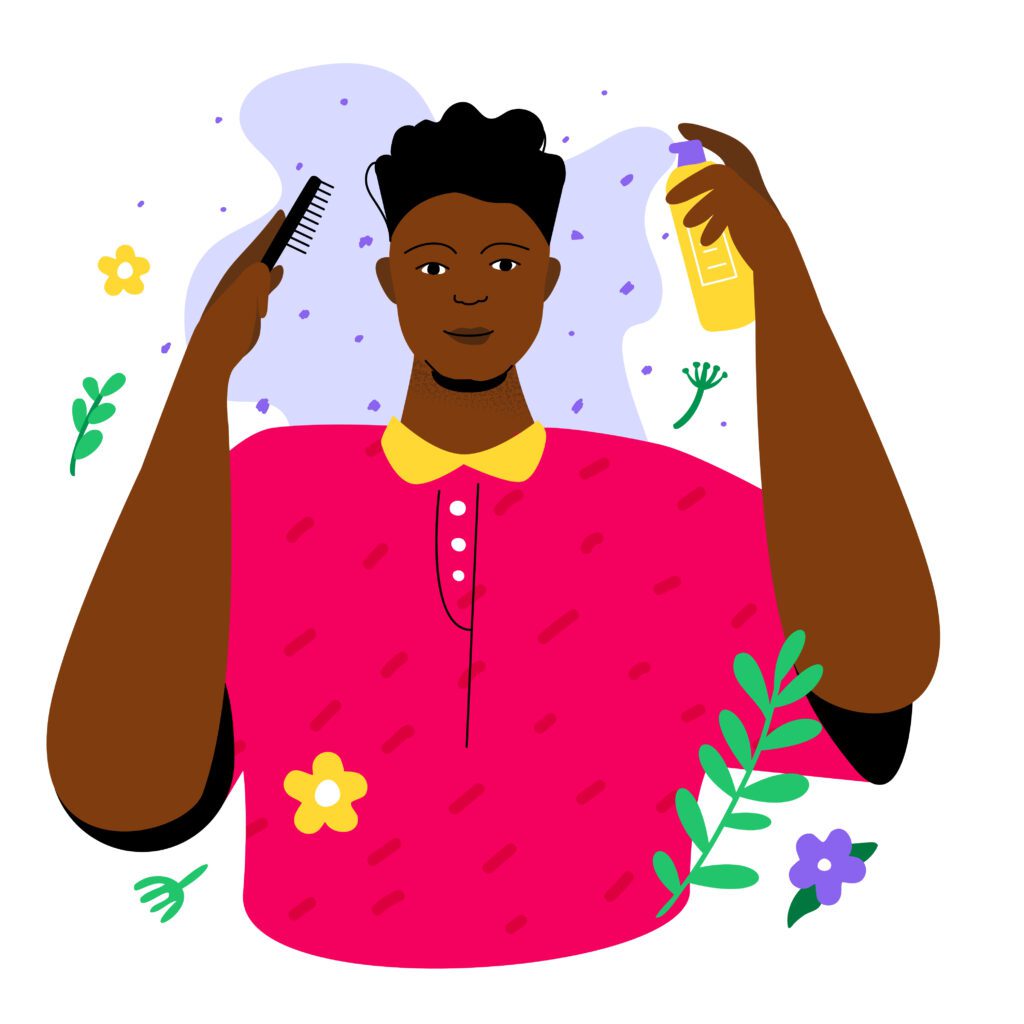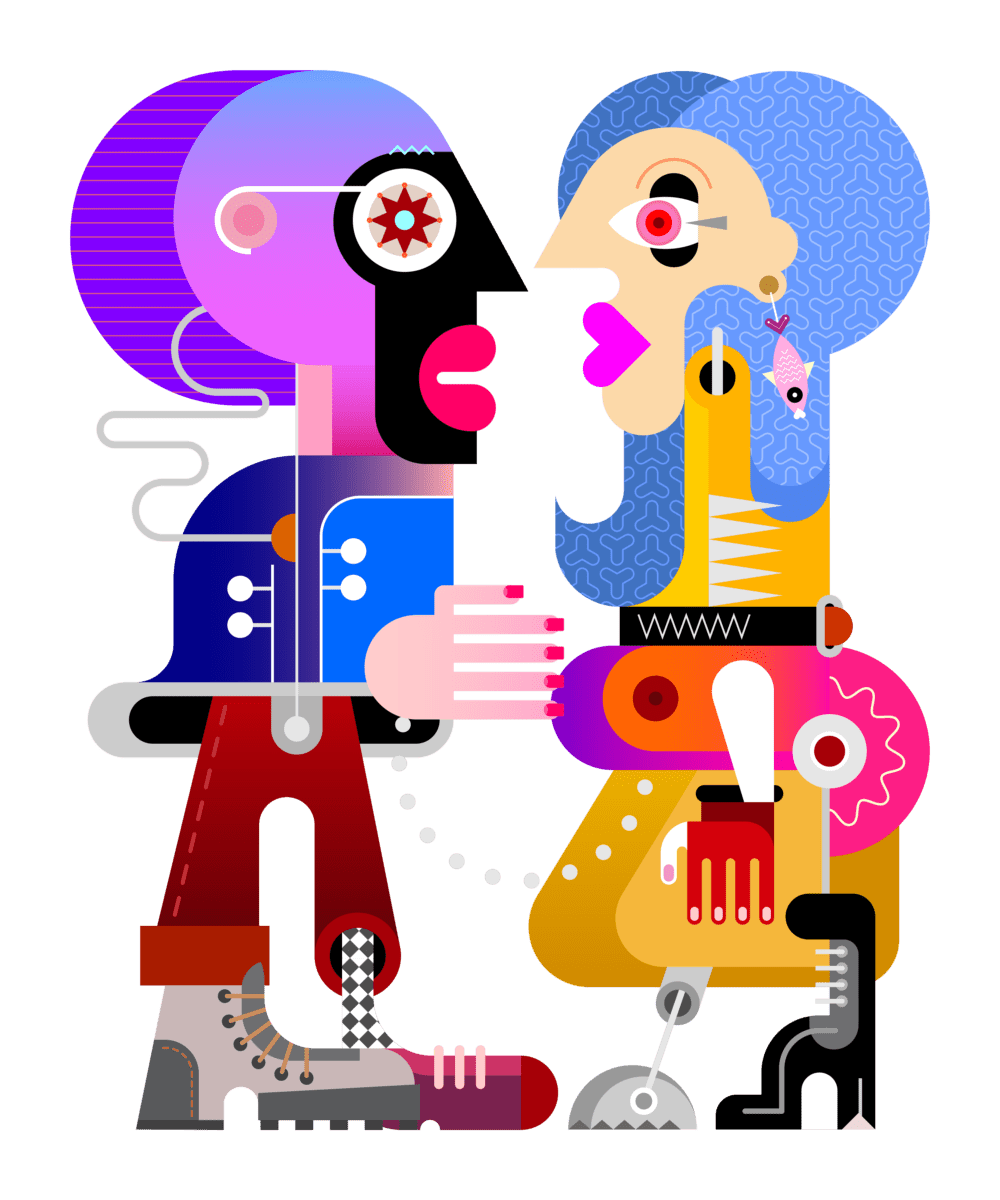Trichotillomania, often referred to as hair-pulling disorder, is a condition where individuals feel a strong urge to pull out their own hair. This can lead to noticeable hair loss, distress, and impairment in daily functioning. Cognitive Behavioral Therapy (CBT) has proven effective in managing Trichotillomania. This article explores the disorder, its symptoms, and how CBT can provide relief.
What is Trichotillomania?
Trichotillomania is classified as a body-focused repetitive behaviour (BFRB). Individuals with this disorder repeatedly pull out hair from their scalp, eyebrows, eyelashes, or other areas despite attempts to stop. This behaviour can cause significant distress and may interfere with work, social life, and overall well-being.
Symptoms of Trichotillomania
Key symptoms of Trichotillomania include:
- Recurrent hair pulling: Persistent pulling of hair, leading to noticeable hair loss.
- Tension before pulling: Feeling tension or stress before engaging in the hair-pulling behaviour.
- Relief after pulling: A sense of pleasure or relief following hair-pulling.
- Attempts to stop: Repeated efforts to reduce or stop the hair-pulling behaviour, often unsuccessfully.

Causes of Trichotillomania
The causes of Trichotillomania are not fully understood but may involve:
- Genetic factors: A family history of similar behaviours or related disorders.
- Neurological factors: Brain abnormalities or chemical imbalances.
- Environmental triggers: Stress, anxiety, or traumatic events.
How Cognitive Behavioral Therapy (CBT) Helps
Cognitive Behavioral Therapy (CBT) is a well-established treatment for Trichotillomania. It focuses on changing the thoughts and behaviours that contribute to hair-pulling. Here’s how CBT can help:
Identifying Triggers
CBT helps individuals recognize triggers for their hair-pulling behaviour. These triggers might be emotional (e.g., stress), environmental (e.g., boredom), or sensory (e.g., feeling of hair). Identifying these triggers is the first step toward managing them.
Developing Coping Strategies
Through CBT, individuals learn coping strategies to replace hair-pulling with healthier behaviours. Techniques such as mindfulness, stress management, and alternative activities can reduce the urge to pull hair.
Modifying Thought Patterns
CBT addresses the thought patterns that contribute to Trichotillomania. By challenging negative thoughts and beliefs about oneself, individuals can reduce the compulsive urge to pull hair.
Habit Reversal Training (HRT)
A key component of CBT for Trichotillomania is Habit Reversal Training (HRT). HRT involves:
- Awareness Training: Increasing awareness of the hair-pulling behavior and its triggers.
- Competing Response Training: Learning to engage in a different behavior when the urge to pull hair arises.
- Social Support: Building a support system to provide encouragement and accountability.
Benefits of CBT for Trichotillomania
The benefits of CBT in treating Trichotillomania include:
- Reduction in hair-pulling: Decrease in frequency and intensity of hair-pulling behavior.
- Improved emotional well-being: Less distress and anxiety related to hair-pulling.
- Enhanced self-control: Better ability to manage urges and triggers.
Seeking Treatment
If you or someone you know is struggling, seeking professional help is essential. Licensed therapists who specialize in CBT can provide effective treatment and support.
Conclusion
Trichotillomania is a challenging disorder that can significantly impact daily life. However, with the right approach, particularly through Cognitive Behavioral Therapy (CBT), individuals can learn to manage their symptoms and improve their quality of life. Recognizing triggers, developing coping strategies, and modifying thought patterns are all crucial steps in this journey. If you are facing Trichotillomania, consider reaching out for professional assistance to explore CBT and its benefits.
Ready to begin? Start your online therapy journey today. Book your first session now.




